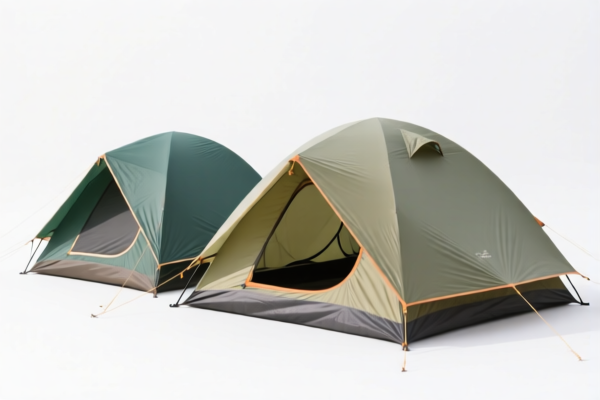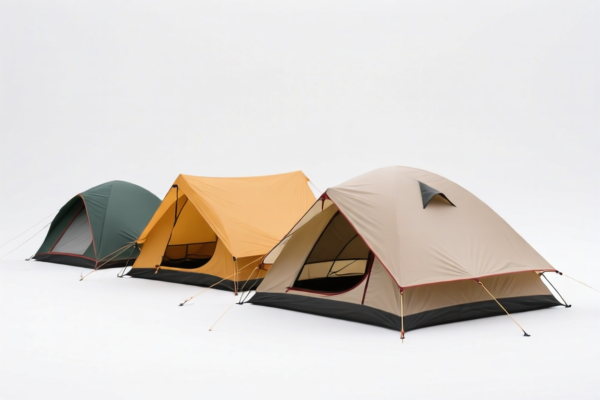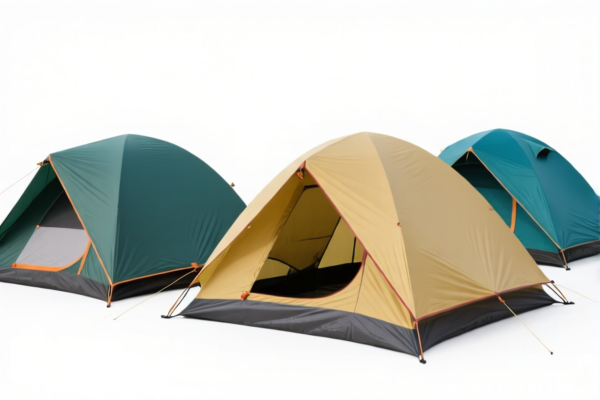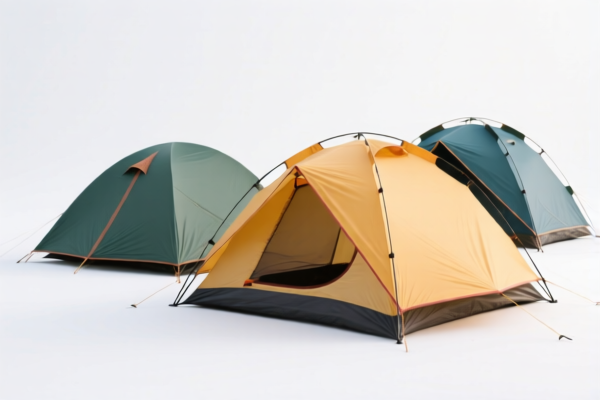| HS Code | Official Doc | Tariff Rate | Origin | Destination | Effective Date |
|---|---|---|---|---|---|
| 7317005560 | Doc | 80.0% | CN | US | 2025-05-12 |
| 7317006560 | Doc | 80.0% | CN | US | 2025-05-12 |
| 7326908635 | Doc | 82.9% | CN | US | 2025-05-12 |
| 7326908688 | Doc | 82.9% | CN | US | 2025-05-12 |
| 8301600000 | Doc | 40.3% | CN | US | 2025-05-12 |
| 8301406060 | Doc | 43.2% | CN | US | 2025-05-12 |
| 4823908000 | Doc | 55.0% | CN | US | 2025-05-12 |
| 4823901000 | Doc | 55.0% | CN | US | 2025-05-12 |
| 4822100000 | Doc | 55.0% | CN | US | 2025-05-12 |
| 4822900000 | Doc | 55.0% | CN | US | 2025-05-12 |




Tent Stakes, Pegs, and Nails
Tent stakes, pegs, and nails are anchoring devices used to secure tents, tarps, and other temporary structures to the ground. While often used interchangeably, subtle differences exist between them based on material, design, and intended use.
Materials
- Steel: The most common material, offering high strength and durability. Steel stakes are suitable for a variety of ground conditions but can bend or rust. Variations include carbon steel and alloy steel.
- Aluminum: Lighter than steel, making them ideal for backpacking and situations where weight is a concern. Aluminum stakes are less prone to rust but are also less durable and can bend more easily than steel.
- Titanium: The lightest and strongest option, but also the most expensive. Titanium stakes offer excellent corrosion resistance and are favored by serious backpackers.
- Plastic: Typically used for lightweight applications or in softer ground conditions. Plastic stakes are inexpensive but lack the holding power of metal stakes.
- Wood: Traditional material, biodegradable, but less durable and requires more effort to install.
Purpose & Function
The primary function of all tent stakes is to provide a secure anchor point to resist forces from wind, rain, and tension. They achieve this by inserting into the ground at an angle, creating friction and resistance to pulling forces. The shape and design of the stake influence its holding power and ease of installation.
Usage Scenarios
- Camping: Securing tent flysheets, guy lines, and the tent body itself.
- Backpacking: Lightweight stakes are essential for minimizing pack weight.
- Tarps: Anchoring tarps for shelter, ground covers, or temporary protection.
- Gardening: Securing garden fabrics, netting, or small structures.
- Events: Securing event tents, banners, or signage.
Common Types
- Straight Stakes: Simple, cylindrical stakes. Effective in softer ground but less effective in hard or rocky soil. Typically steel or aluminum.
- Bent Stakes (Shepherd's Crook): Feature a curved hook at the top to secure guy lines. Offer good holding power in a variety of ground conditions. Common material is steel.
- Y-Beam Stakes: Shaped like a "Y" for increased holding power. Effective in loose or sandy soil. Often made of steel or aluminum.
- Twisted Stakes: Feature a twisted shaft for improved grip in the ground. Suitable for various soil types. Usually steel.
- Sand/Snow Stakes: Long, flat stakes designed for use in loose sand or snow. Provide a larger surface area for increased holding power. Typically aluminum or plastic.
- Rebar Stakes: Heavy-duty stakes made from steel reinforcing bar. Used for large tents or in extreme weather conditions.
- Nails (Tent Peg Nails): Often smaller and used with wooden stakes to reinforce their holding power, or used directly in softer ground. Can be ring shanked for increased grip.
Considerations when choosing
- Ground Conditions: Hard, rocky ground requires stronger, more durable stakes. Soft, sandy soil requires stakes with a larger surface area.
- Tent Size & Weight: Larger tents require heavier-duty stakes. Backpackers prioritize lightweight options.
- Weather Conditions: Windy conditions require stakes with increased holding power.
- Budget: Prices vary depending on the material and quality of the stakes.
Based on the provided information, the declared goods – tent stakes, pegs, and nails – fall under several potential HS code classifications.
- 7317005560: Nails, tacks, drawing pins, corrugated nails, staples (other than those of heading 8305) and similar articles, of iron or steel, whether or not with heads of other material, but excluding such articles with heads of copper: Other: Of one piece construction: Made of round wire. This code covers iron or steel nails, tacks, and similar articles, specifically those made from round wire and constructed in one piece.
- 7317006560: Nails, tacks, drawing pins, corrugated nails, staples (other than those of heading 8305) and similar articles, of iron or steel, whether or not with heads of other material, but excluding such articles with heads of copper: Other: Of one piece construction: Other. This code also covers iron or steel nails, tacks, and similar articles constructed in one piece, but does not specify the wire type.
- 7326908635: Other articles of iron or steel: Other: Other: Other Fence posts, studded with corrugations, knobs, studs, notches or similar protrusions, with or without anchor plates. While primarily for fence posts, this code could apply if the tent stakes have significant protrusions or anchor plates.
Tax Rate Details (applicable to all listed HS codes):
- Basic Tariff: 0.0%
- Additional Tariff: 25.0%
- Post-April 2, 2025 Additional Tariff: 30%
- Additional Tariff for Steel/Aluminum Products: 25%
- Total Tariff: 80.0% (for 7317005560 and 7317006560), 82.9% (for 7326908635)
Important Considerations:
Regarding HS codes 7317005560 and 7317006560, the material composition (iron or steel) is a key factor in classification. If the articles are not made of iron or steel, these codes are not applicable.
Regarding HS code 7326908635, the presence of corrugations, knobs, studs, or notches is crucial for classification. If the tent stakes lack these features, this code is not applicable.
Customer Reviews
This page saved me hours of research. The HS code and tariff details are presented in a way that's easy to understand.
The information on the 5% tariff for plastic doors was helpful, though I had to do a bit of extra research to confirm the details.
I was looking for specific tariff information and found exactly what I needed. Highly recommend this page.
The HS code info was spot on, but I wish there was a bit more detail on how to apply it in practice.
Great resource for understanding the trade regulations for plastic builder’s doors. Helped me avoid a costly mistake.